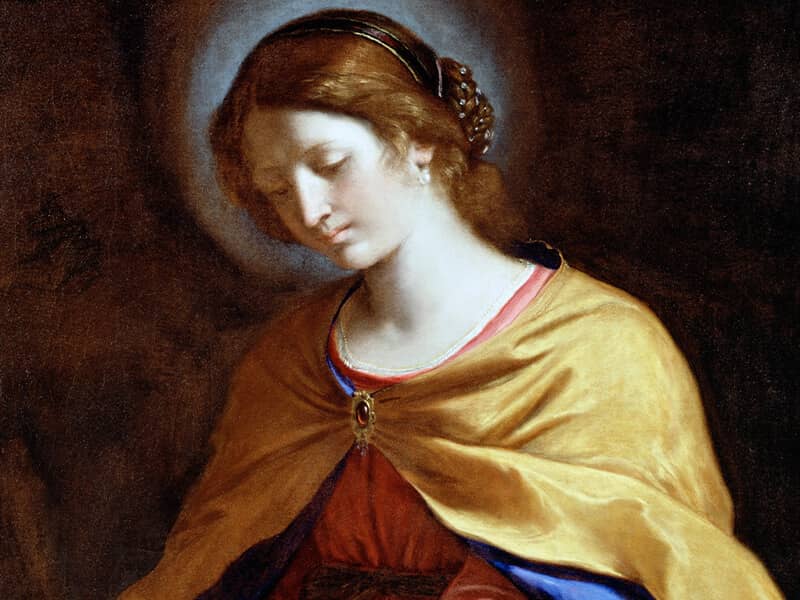Conservative Catholic breakaway groups typically reject all the liturgical changes, such as Mass in the vernacular, which followed the Second Vatican Council, and some have their own bishops, which puts them on the outs with Rome. Most on the breakaway right say they "respect" the pontiff, but disobey him because he leads a Church that has lost its bearings since Vatican II. A few of the ultra-traditionalists go a step further and insist that the post-Vatican II Church is so far gone that not even the pope is a true Catholic. Some of those have elected their own popes-such as Pope Michael, who reigns over a tiny, ultraconservative Catholic sect in Kansas.
Of course, it was as a mere religious society that the best-known of all the splinter churches of the Catholic right, the Society of St. Pius X (SSPX), started out in 1970. Its original aim had been to train traditional seminarians to keep alive the Tridentine Mass after it was replaced by a newer liturgy after Vatican II, and it originally had the blessing of several Vatican officials. Only when the society's founder, the late Archbishop Marcel Lefebvre, ordained his own bishops without papal permission in 1988, did the Vatican declare that he had committed a schismatic act incurring automatic excommunication. As it is now constituted, the SSPX (http://www.sspx.org/) rejects certain Vatican II documents that it says contradict traditional Church teaching, especially the council's encouragement of religious liberty, ecumenism, and adapting the Church to the modern world.
A sticking point for the SSPX, which claims about 20,000 U.S. adherents, is the Tridentine Mass. Its Latin version was the norm for Catholic churches until after Vatican II, when Pope Paul VI replaced it with the "Novus Ordo" Mass said in most Catholic churches today, usually in the vernacular. In 1984, John Paul II gave permission for the Tridentine Mass to be said in Catholic churches if allowed by the local bishop. Many conservative Catholics love the old Mass, and they believe that the Novus Ordo version lacks beauty and lends itself to banal translations and bizarre liturgical innovations. As early as 1965, when folk songs were beginning to creep into the liturgy, Rev. Gommar DePauw, J.C.D., of Westbury, New York, founded the Catholic Traditionalist Movement to counteract what he called "hootenanny Masses."
What separates these traditionalists from breakaway groups such as the SSPX is that the latter reject the Novus Ordo Mass altogether, arguing that it "does not adequately express the dogmas of the Church concerning the Holy Sacrifice of the Mass," as Father Scott wrote in an August 2000 letter to the society's members. "We don't dispute the validity of the New Mass," says Father Scott, who works at the SSPX headquarters in Kansas City, Missouri. "We dispute the licitness of it. It's half-Protestant."
The society itself denies that it is in schism with the Church. "We don't refuse the authority of the sovereign pontiff," says Father Scott. "It's like a boy whose father tells him to steal something. He might disobey the unjust command, but he doesn't dispute the fact that his father has legitimate authority."
Right now, the Vatican and the SSPX seem to be at an impasse over the Mass, and as time passes, the possibility of reconciliation seems increasingly dim. History has shown that the longer groups stay away from Rome, the less likely they are to return. Since the Lefebvrist schism, the traditionalist movement in the Church has become increasingly fragmented and faction-ridden.

